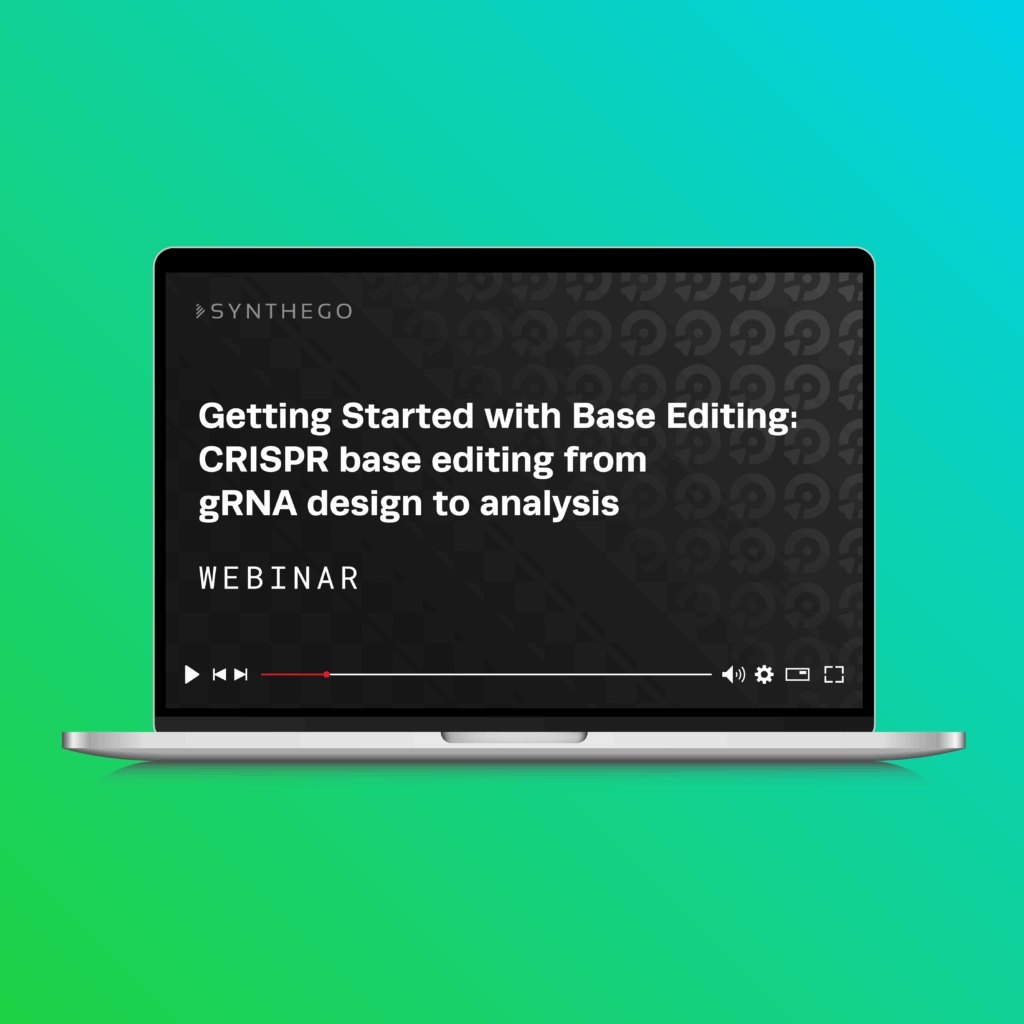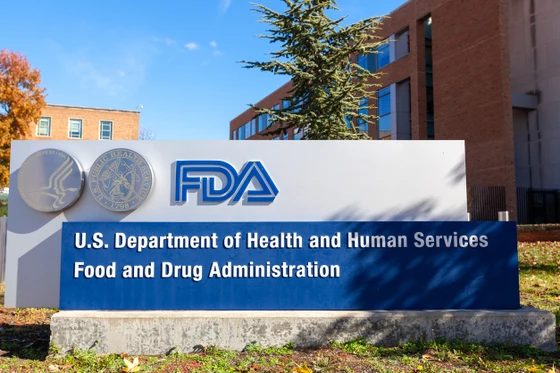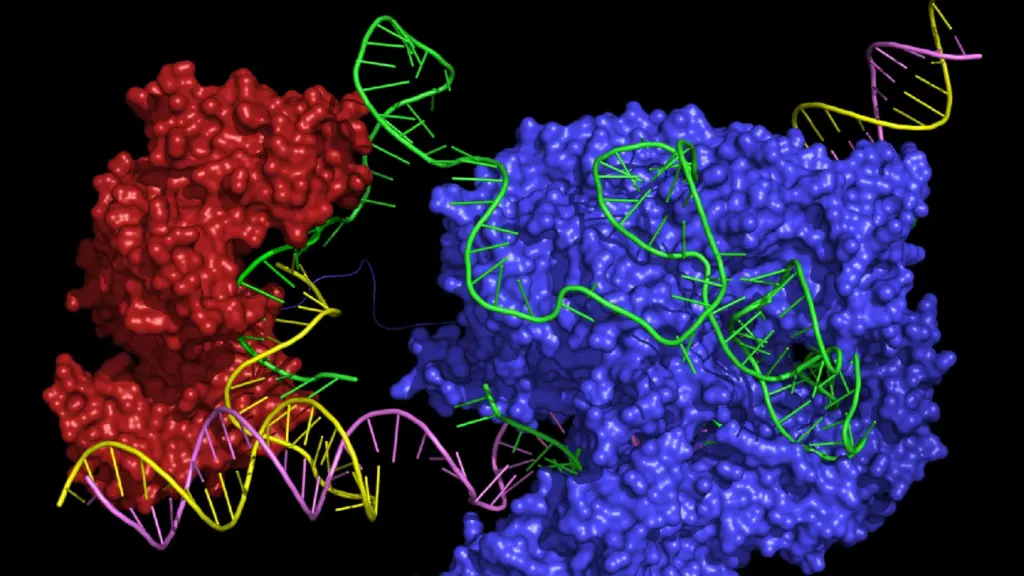Recently, Cowen hosted their 39th Annual Healthcare Conference in Boston. The opening session featured three scientific luminaries in the life sciences: George Church, Bob Langer, and Robert Weinberg. The session revolved around an opening question of what current technological trends would most impact medicine by 2030. The commentary represented a convergence of core technologies, healthcare trends, and existential biological challenges that have the potential to fundamentally change the way we think about medicine and healthcare. It also represents the hope, the belief, and, in some cases, the failure of the potential of big data to elucidate fundamental biological mechanisms.
Church and Langer took a decidedly more technology-forward approach in their analysis of key trends, whereas Weinberg frequently played the devil’s advocate. He suggested that when it comes to actually understanding the biology of cancer, we are still rather in the muck without a clear way out. A brief summary of the key trends and their interconnectivity is given below.
3D Molecular Imaging (Church): Spatial technologies have been all the rage lately. The recent AGBT conference was awash with Nanostring and 10x spatial genomic analysis platforms, but 3D is definitely the next wave. The what and when of biological interactions are measured in equal balance to the where. As organoids and other cellular model systems continue to increase in relevance as disease models, the ability to profile biomolecular interactions in three dimensions will become an integral capability. Advances in genome engineering for high-throughput tagging of endogenous proteins, such as projects undertaken at the Allen Institute in Seattle, are shedding substantial light on the when and where of protein expression that will continue to drive knowledge acceleration.
Universal Transplants (Church): The concept of allogenic transplants has been an enticing idea for decades. Finding the O negative donor, or better yet, being able to manufacture artificial organs that are immunogenically invisible, has been akin to the holy grail of regenerative medicine. Recently, researchers at UCSF have published work used genome engineering techniques to achieve an immuno-invisible stem cell—a feat which could be the forebearer of universal regenerative medicine applications. Companies such as eGenesis are active in this space, and Series A potential unicorns like Sana Biotechnology are gathering all-star rosters of scientific and commercial talent to develop universal regenerative medicine approaches. The concept of producing artificial organs from engineered stem cells has a parallel in the artificial foods world with companies like Memphis Meats and Impossible Foods developing novel biological manufacturing platforms.
$0 Whole Human Genome (Church): This one is not all that far off the current mark, but the implications have yet to be understood. As the cost of genome sequencing has dropped, the question of how to manage, interpret, and utilize the data has remained open for debate. The concept of a free human genome (presumably subsidized by drug developers who can leverage the data) is not too far from reality, and commercial models—like those employed by Helix—are already broaching the concept of full-fledged genomic consumerism. The idea that sequencing would be free, and consequently massively adopted, would lead to a tremendous amount of information, which could be critical for understanding our biology. However, it is likely to also lead to more questions than answers as interpretation still remains a challenge and epigenetics takes center stage as a primary driver of phenotypic differentiation. The concept of massive data sets of genomic information is enticing nonetheless, and is being pursued aggressively in the public health sector by groups such as Genomics England who aim to sequence 5 million whole genomes over the next 5 years across a range of cancers and rare diseases.
Cellular Therapeutics (Langer): The concept of the cell as the functional unit of the future of medicine has been gaining substantial momentum. Original applications in the stem cell space of regenerative medicine have provided the framework for an explosion of engineered cellular applications, from CAR-T cells to engineered protein producing stem cells to hijacked RBCs for therapeutic payload delivery. In alignment with the concept of universal transplants, cellular therapies are likely to continue to be a dominant feature in the development and durability of therapeutic modalities of the future.
RNA Therapeutics (Langer): Therapeutics of the future are more likely to be designed than discovered, and RNA therapeutics are no exception. Whether these therapeutics are based on genetic engineering technologies like CRISPR, gene silencing, exon skipping, or other yet to be discovered mechanisms, the concept of RNA based therapeutics has a number of attractive features and have powerful potential. RNA based therapeutics have the potential to be exquisitely specific, dose-controlled, and engineered, all of which provide them with substantial advantages over small molecule and even biologic-based therapeutic approaches.
Oral Therapies (Langer): On a more drug delivery front, the concept of innovations in oral delivery mechanisms was rather impressive as well. Discussed were concepts ranging from smart pills to a variety of biodegradable scaffolds that could carry a whole cocktail of selected release therapeutics and deliver them over sustained periods of time through the administration of a single swallowable pill. The concept of a pharmacy in a pill with regulated delivery parameters may have a substantial impact on the healthcare field as it relates to patient compliance, dose regulation, and combination therapies.
A Perspective on Cancer Biology (Weinberg): After a whirlwind of commentary around the potential of new technologies to be commercialized and impact healthcare, Dr. Weinberg took a decidedly more skeptical approach. Preempting with a disclaimer that he is coming from a more academic angle, the pioneer of cancer biology led off with an open statement that essentially puts our knowledge of cancer biology in the stone age (perhaps with a bit of exaggeration). He challenged the concept that sequencing cancer genomes will yield substantive insights into the actual biology and indicated that epigenetic factors may be just as or even more important. He challenged that our understanding of the wiring diagrams that underpin our interpretations of how cells process signals are rudimentary at best and flat out wrong at worst. He also indicated that he is unaware of any companies that are working meaningfully in this area because it is so daunting. As perhaps one saving grace for light at the end of the tunnel, Weinberg expressed some degree of confidence that there will be solutions that will be mined out of big data approaches, but that these approaches must inherently be multidimensional. The sobering reality of our understanding of the complexity of biology came through in full force.
The above topics, expressed by thought leaders in the field, represent concepts that are on the cutting edge of our knowledge and ability. Underlying all of them is our need to have an understanding and deep appreciation for the complexity of biology and biological systems and to approach our knowledge with a degree of both skepticism and credulity. Critical to our ability to advance our knowledge will be our ability to both manage the enormous amounts of data that will be generated as well as develop the tools and techniques to rapidly evaluate novel hypothesis in accurate environmental contexts. The pace will only accelerate.







